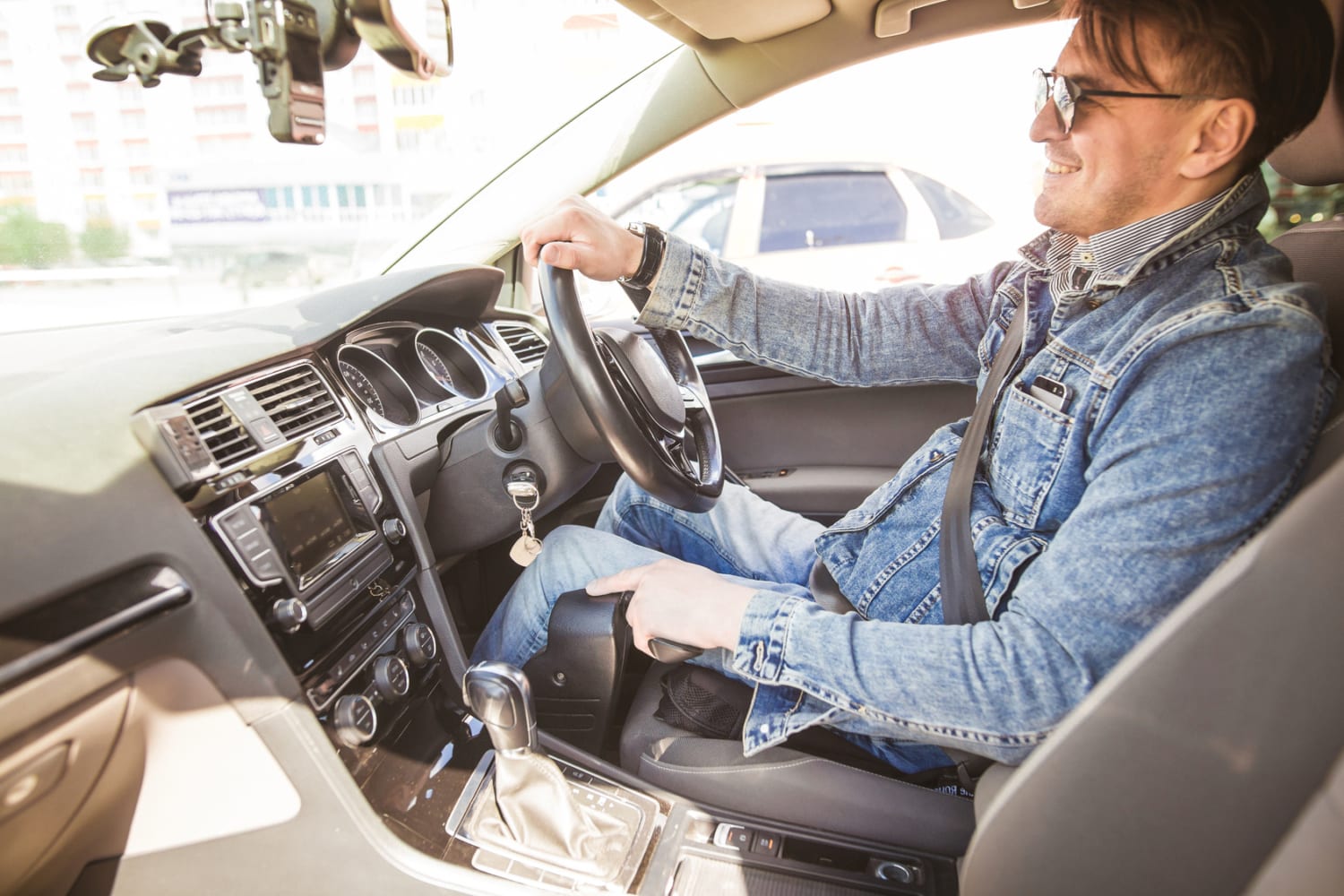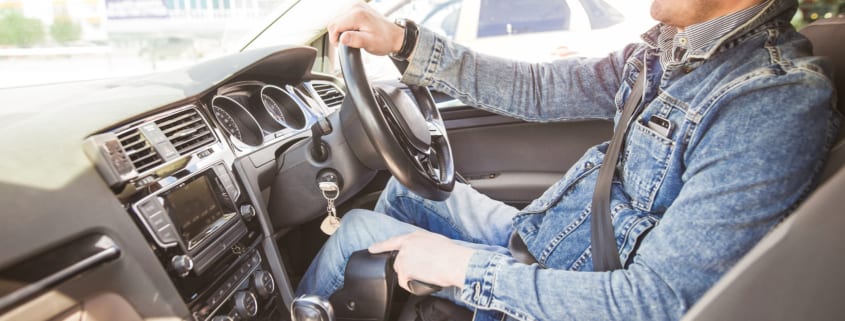Car Insurance for Disabled Drivers of Mobility Adapted Vehicles

Back in 1995, apparently the last time the National Highway Traffic and Safety Administration (NHTSA) did a survey on the subject, they estimated there were about 665,000 vehicles in America with some kind of after-market modification made for a disabled driver. It is probably safe to assume that the number is much higher today, given an aging population, two ongoing wars and an estimated 10,000 new spinal cord injuries each year. If you or someone you know is a disabled driver of a mobility adapted vehicle, you face some very specific automobile insurance challenges.
Does Disability Car Insurance Charge You More?
The 1990 Americans with Disability Discrimination Act prohibits automobile insurance companies from refusing to sell car insurance to disabled drivers or charging them a higher premium. However, some insurers use a loophole in the law to raise the rates. It seems insurance companies can refuse coverage or bump up the premiums for vehicles that are heavily modified. This law, which was intended to apply to souped-up street racers, is sometimes used to discriminate against disabled drivers of mobility-adapted vehicles.
The rationale is that after-market adaptations and conversions such as wheelchair lifts add significantly to the vehicle’s value. These specialized add-ons drive up the cost of repairing or replacing your mobility-adapted vehicle in the event of an accident. If you are purchasing a modified vehicle or making modifications to your existing vehicle, check with your insurance company first to be sure your car insurance will cover it. Ideally, your policy should also reimburse you for acceptable temporary transportation while your mobility-adapted vehicle is being repaired or replaced.
What You Should Do Before You Buy Your Disability Car Insurance?
If you are a disabled driver looking for competitive car insurance quotes, make sure you fully disclose any and all mobility modifications you’ve made to your vehicle. That can include push-pull hand controls, wheelchair lifts and ramps, siren detectors for the hearing impaired, amputee rings, floor-mounted steering, wheelchair-adjustable seats and seatbelts and pedal extenders. Also, be sure that any after-market mobility modifications are professionally installed by someone who specializes in this type of work. You do not want to find out after an accident that your insurance won’t cover you because equipment wasn’t properly installed. While you’re at it, make certain that any special equipment that isn’t attached to your car but travels with you like your wheelchair, walker, motorized scooter or crutches is covered under your policy.
Two Types Of Disability Car Insurance Coverage
When reviewing car insurance quotes for disabled drivers and mobility-adapted vehicles be aware that there are two types of coverage. Handicapped Equipment Coverage will cover basic equipment such as your lift, but will not cover a lowered floor, lockdown system, kneeling system or similar adaptive driving equipment. Special Equipment Coverage covers every aspect of your vehicle adaptation.
Finally, you should be aware that insurance companies may be allowed to deny coverage or charge higher premiums if there is documented evidence that your particular disability makes you a risk to yourself or other drivers. For example, if you are a diabetic or epileptic who might suffer a seizure or blackout. Still, if your state licenses you to drive, you are entitled by law to fair, affordable car insurance rates regardless of your disability.
When shopping for car insurance for disabled drivers with mobility-adapted vehicles, knowing your rights and the law is your best defense against discrimination.

 EINSURANCE
EINSURANCE